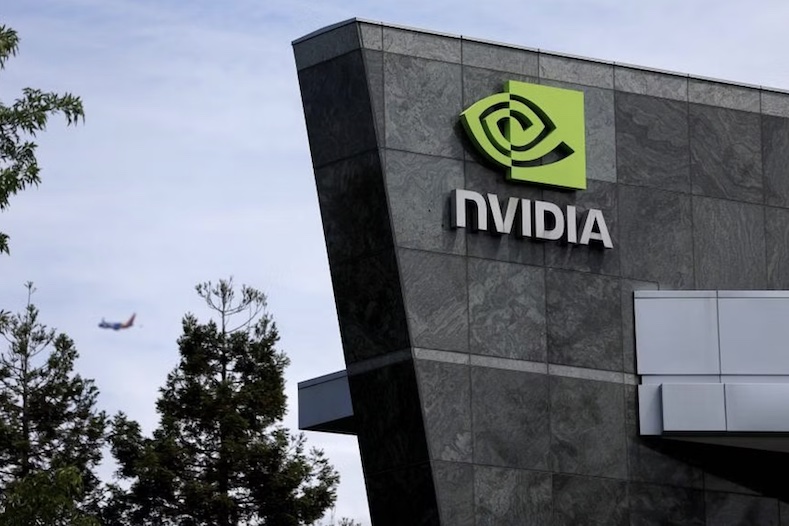The demand for AI chips has been a hot topic in the stock market, with mentions of AI skyrocketing on earnings calls by 186% since the first quarter of 2023, according to Bank of America Research. This enthusiasm is not just confined to tech giants like Nvidia (NVDA) and AMD, but has also spread to AI power users like Alphabet, Meta, Amazon, and Microsoft.
However, the impact of AI chip demand extends beyond the tech sector. Strategists have highlighted a broadening out to other sectors that could benefit from the increased power usage, such as Energy, Utilities, and Commodities. This shift has already been underway in the market, with several precious metals, including copper, hitting recent highs due to their potential benefits from AI spend.
The Utilities and Energy sectors are two of the top-performing sectors in the S&P 500 this year, up about 15% and 13%, respectively. This has trickled down to individual names that are now rivaling the meteoric stock rise of Nvidia since the start of 2024. Texas-based Vistra Corp is up roughly 140% this year, while Constellation Energy shares have risen nearly 90%.
Morgan Stanley’s chief investment officer, Mike Wilson, listed Utilities as an Overweight sector, noting it offers “upside to the AI power theme.” He highlighted that electricity could rise from 3% of total US consumption in 2023 to about 10% by 2030, driven by new AI data centers that are 50 times the size of previous ones.
Companies have been playing up their role in the AI buildout too. More than 66% of companies in the Energy sector mentioned AI during their earnings calls this quarter, up from 19.1% last quarter. Given the big-picture implications, investors will be closely watching Nvidia’s report for color on AI chip demand.
Whether this trend holds or breaks could now have repercussions for a variety of sectors. As JPMorgan Asset Management global market strategist Jack Manley noted, “If markets wake up to say, ‘Hey, maybe we got a little bit too excited about this and maybe we pulled forward some of these earnings just a little bit,’ and that’s reflected in those valuations, that’s where I think you have the potential for a bit of a shaky road.”


